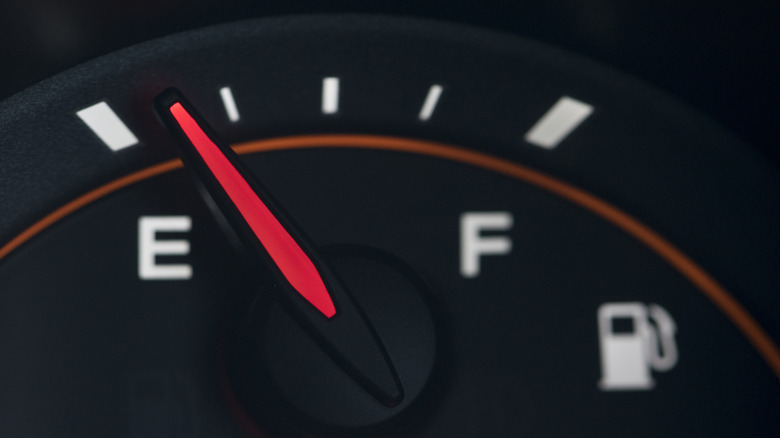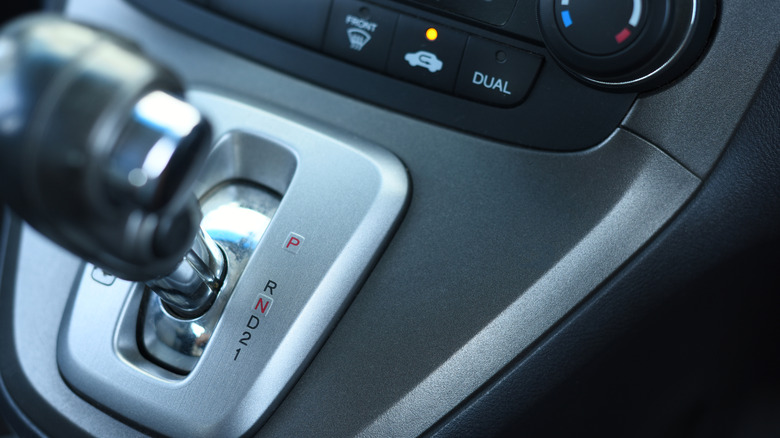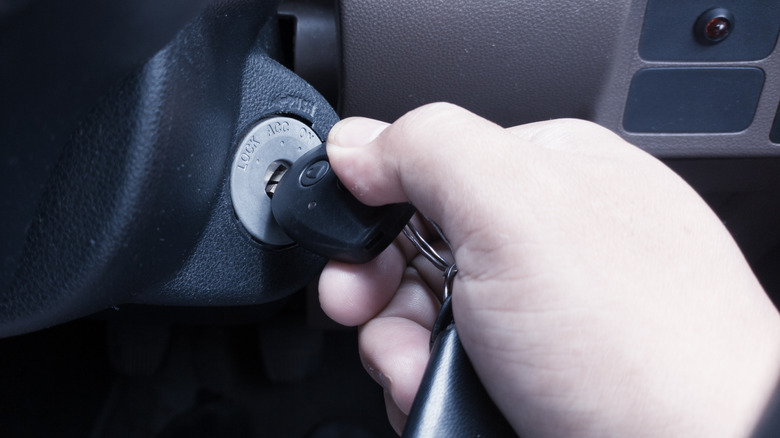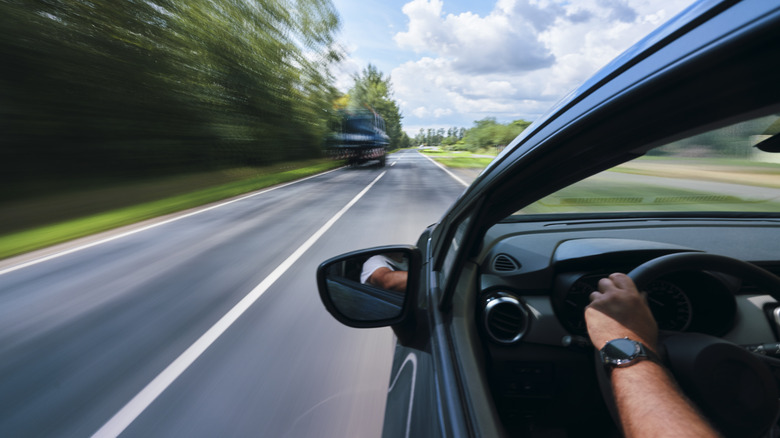3 MPG Myths That Aren't Actually Helping You Get Better Mileage
Saving fuel is a top priority for individual vehicle owners and fleet managers alike. U.S. domestic oil production has increased over the past few years to offset rising gas prices, but fuel costs fluctuate with seasonal demand and in response to significant disruptions in supply. This commonly happens when there is war in the oil-rich Middle East, although conflict anywhere on the globe can have the same effect. Budget-conscious car owners and business operators have to make fuel savings a top priority without compromising how they use the vehicles at their disposal.
The good news is that there are plenty of zero-cost ways to make your vehicle more fuel-efficient. Frequently checking and topping up the air pressure in your tires is an important one, and is crucial for driving safety and fuel efficiency. According to the National Highway Transportation Safety Administration (NHTSA), properly inflating your tires could save as much as 11 cents per gallon and extend tire life by an average of 4,700 miles. Unfortunately, the agency claims that only about 19% of drivers are aware of the benefits of properly inflated tires. This is more than enough reason to buy a tire gauge and improve that statistic.
Another fuel-saving tip is to stick to your car manufacturer's recommended maintenance schedule. Changing the oil and oil filter regularly and replacing your air filter will help your engine operate more efficiently and make the most of every drop of gasoline or diesel fuel. However, along with these mpg-boosting truths come plenty of myths. Here are some so-called fuel-saving tips that won't do a thing to get you better fuel mileage.
Using neutral gear when coasting downhill
Have you heard the urban legend that shifting to neutral when going downhill will increase your mpg? The theory behind this myth is that putting the transmission in neutral will reduce engine RPMs (revolutions per minute); and fewer turns of the engine should mean less fuel consumption. In reality, this "trick" does more harm than good. Your car probably idles slightly faster in neutral then it does when it's in gear and your foot is off the accelerator, so you might actually be burning more fuel.
We haven't touched the heart of the matter, though: Shifting to neutral and coasting downhill is dangerous. Besides potentially damaging your automatic transmission by shifting gears while in motion, driving in neutral means you are building speed when going downhill since the forces of engine braking aren't at work. Without compression from the engine slowing you down, it can be harder to control the car. Downshifting a manual transmission will slow the car safely, but the higher engine revs will burn more fuel. Coasting downhill in neutral is ineffective in terms of increasing mileage and potentially dangerous, so just downshift or take your foot off the gas, and let the engine slow the car down along with smooth use of the brakes.
Shutting off the engine manually at stoplights
Many modern vehicles have automatic stop-start systems that help conserve fuel when the vehicle is temporarily immobile, like at a red light. Exposure to these stop-start systems has left car owners divided on their usefulness and fuel savings, but stop-start won't harm your car's engine despite repeatedly engaging and disengaging as you drive. What is harmful, however, is trying to mimic an automatic start-stop system in a car that doesn't have this feature built-in. As with coasting downhill in neutral, imitating a "stop-start" system by manually turning your engine off with the ignition key or button will do more harm than good.
Vehicles with automatic stop-start systems have low-friction crankshafts and rod bearings, powerful deep-cycle batteries, and heavy-duty starter motors to handle the demands of frequent engine restarts. If your car has auto stop-start and you don't mind using it, you can expect 3% to 10% fuel savings. If not, what you'll save on fuel by manually shutting off the engine won't come close to offsetting the cost or inconvenience of replacing a dead battery or starter.
Rolling down the windows on the highway
The principles of aerodynamics play a significant role in the fuel efficiency of any car, and driving with the windows down messes with your car's drag coefficient. That's a numerical measurement of how smoothly air flows over an object based on its density, speed, and surface area. Driving with the windows down increases wind resistance as air enters and is trappd inside the car. This makes the engine work harder to accelerate and maintain the vehicle's speed. It's less impactful to drive with the windows down at slow speeds, such as when cruising in the city. However, rolling up the windows while on the highway can sometimes do more to boost gas mileage.
Using air conditioning can reduce your car's fuel economy by up to 20%, but you can minimize this by using it on the highway with the windows up. As a final note, using premium high-octane gas in an engine that requires regular unleaded will not make a car faster, more responsive, or more fuel-efficient. And since premium fuel costs more than regular, you are just burning money without reaping any noticeable benefits. Some high-performance cars do require premium gas, though, and using low-octane fuel in these engines can cause engine knocking.



